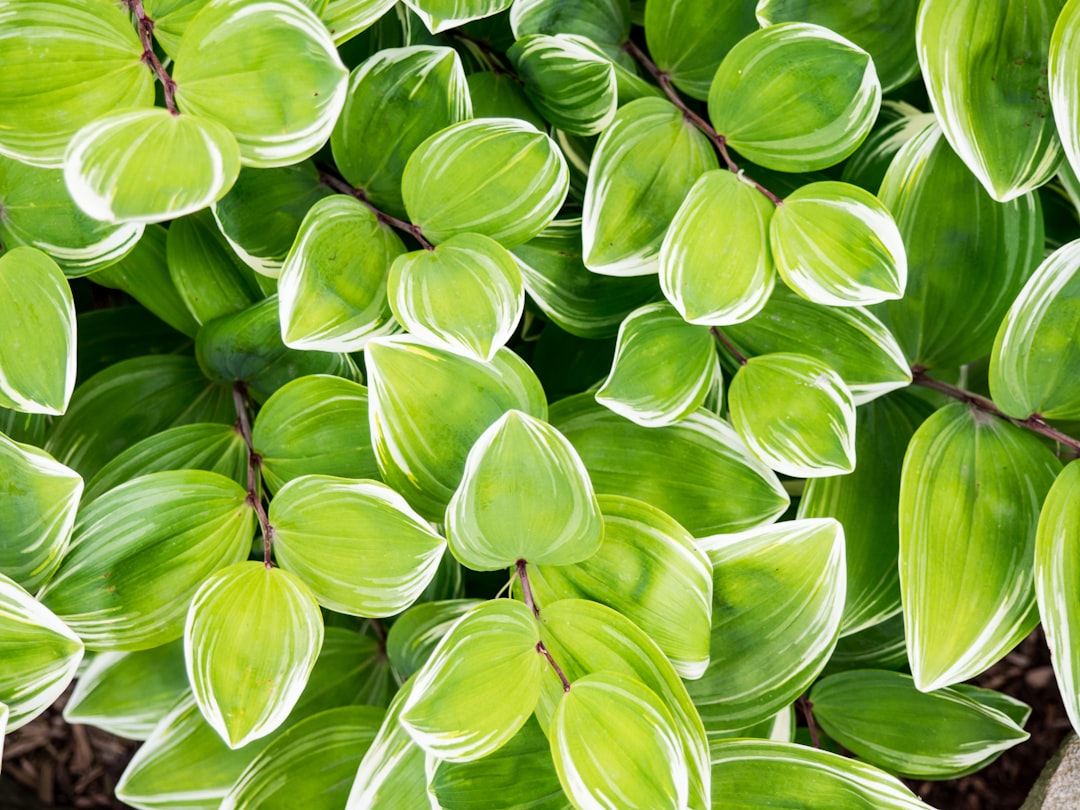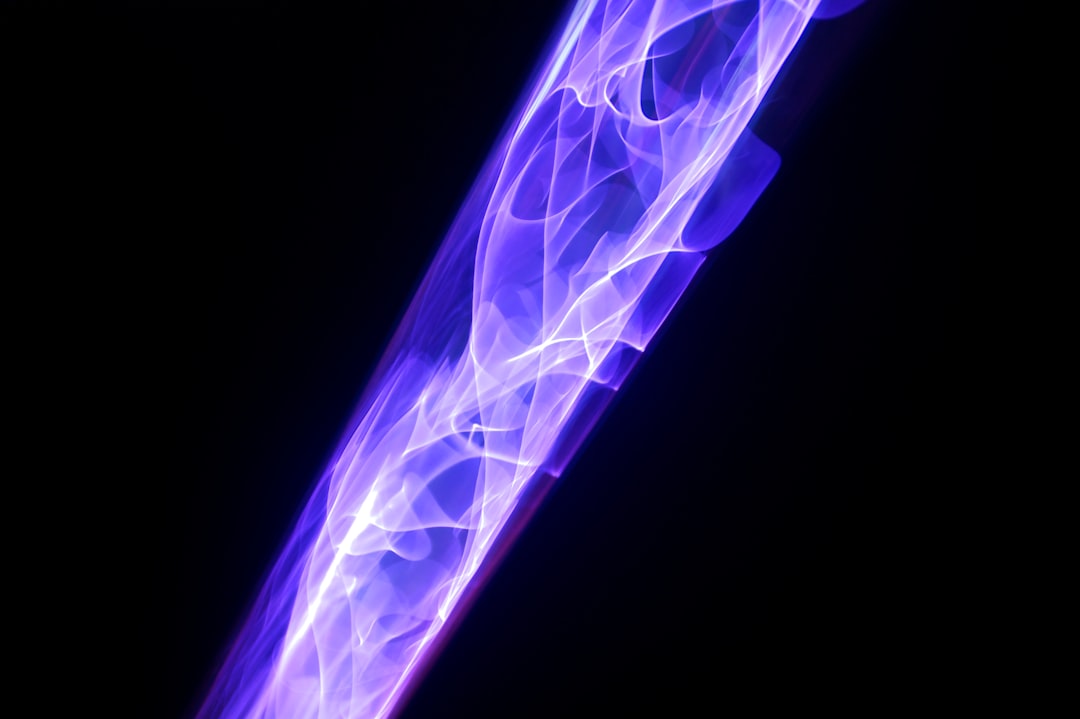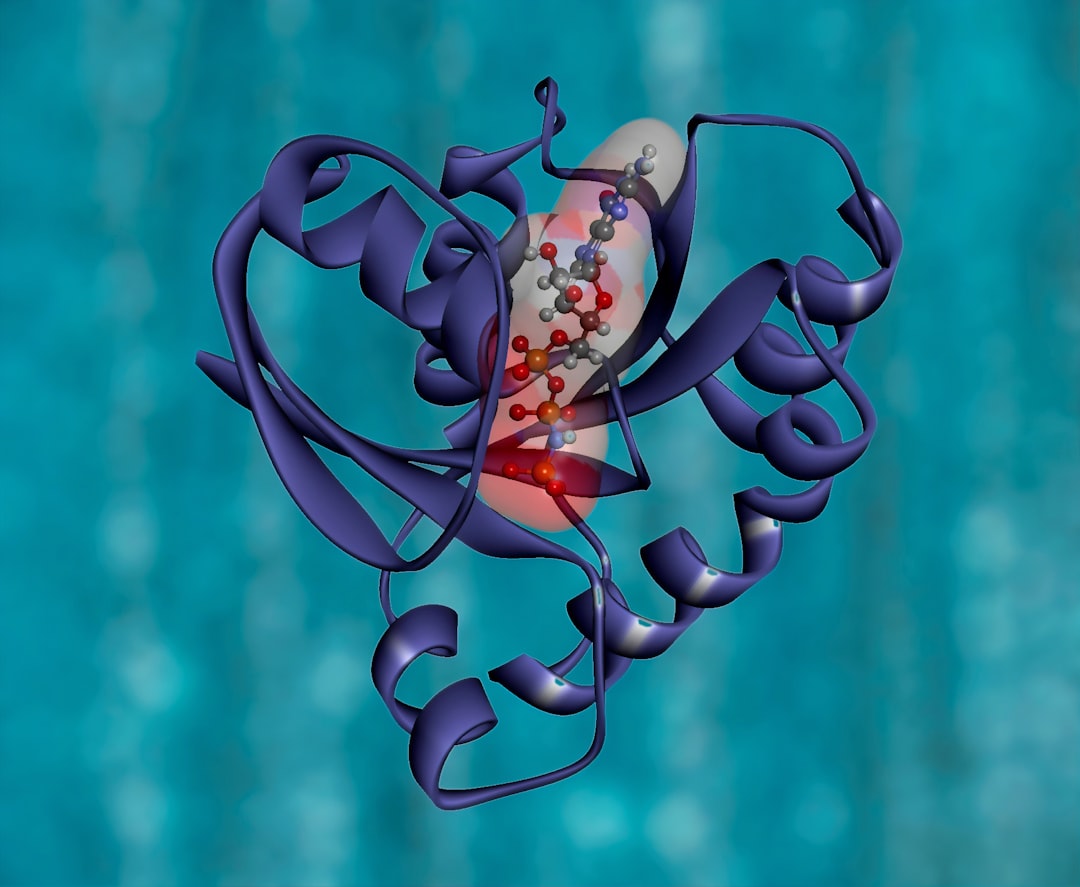What is it about?
From deep space and extraterrestrial hazes, to high in the earth’s atmosphere, clouds of tiny grains of dust and ice float within expanses of diffuse plasma. Electrons from the plasma hit the dust, giving it electric charge. The charge can cause all sorts of unique dynamics, control whether the dust can bunch together into asteroids and planets, and change how our technology interacts with and observes them. In this study, we show that, due to the way these space plasmas are ionized, there can be a small number of hot electrons mixed in with the rest of the extremely cold electrons, ions, and gases in the freezing depths of space. Though their numbers are small, we find that they can significantly increase the charge of the dust, and analyze the effects with both mathematical models and simulations.
Featured Image

Photo by Shot by Cerqueira on Unsplash
Why is it important?
As groundbreaking new observations are taken of space clouds by instruments such as the James Webb Space Telescope and ALMA, it is important that we know accurately the properties of the space clouds we are looking at, in order to better understand the phenomena we are. This study can help predict and explain our observations, giving a better estimate of the electric properties of dusty plasmas throughout the universe.
Perspectives
I started researching for this article during quarantine lockdown, when I was not allowed in the lab. It has been a long journey, but I’m very proud and excited about our findings. It’s been an honor working with Dr. Bellan, learning from his nearly-50 years of groundbreaking research in plasma physics, and to carry the torch exploring the fascinating behavior of these beautiful dusty space clouds.
André Nicolov
California Institute of Technology
Read the Original
This page is a summary of: Modeling the energetic tail of a dusty plasma's electron energy distribution and its effect on dust grain charge and behavior, Physics of Plasmas, August 2023, American Institute of Physics,
DOI: 10.1063/5.0145209.
You can read the full text:
Contributors
The following have contributed to this page










